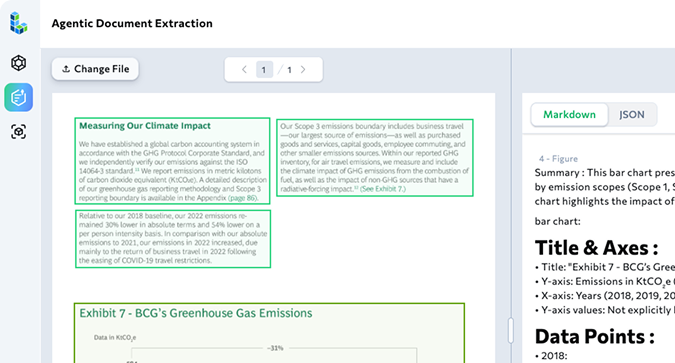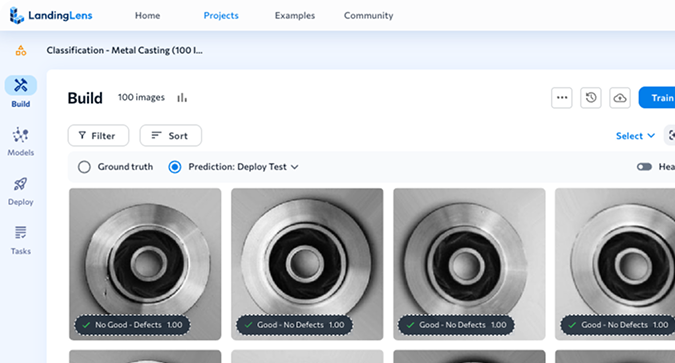David Dechow:
There have been a lot of trends and changes in machine vision in recent years and it’s kind of an ongoing thing in this industry. Over a good five decades now, machine vision has evolved, both technologically and commercially in the marketplace, and that hasn’t really slowed and we see that as evidenced by the success in the marketplace that machine vision in general, the idea of inspecting, of guiding robots, of doing industrial automation as an enablement technology continues to be a big part of manufacturing. If I were to pick a few recent trends in machine vision, the things that are really trending are number one the software platforms and particularly deep learning platforms to perform imaging analysis and analysis of features, defects, anomaly detection and the other things that depe learning is very very good at, and that has become a real mature entry in machine vision marketplace as part of a broader machine vision execution in industrial automation. Certainly that trend is probably the strongest one in most recent years in terms of how it impacts manufacturing, how it is impacting the use cases for machine vision in that marketplace. And I think we’ll continue, we’re certainly going to continue to see that. On another note, machine vision technology, componentry technology continues to advance. And the important thing about having advancing technology in the components is that it makes the job of analyzing the images of executing the tasks, executing the automation tasks, much more easy when we have better access to better data, and in our case in machine vision, the data is an image, and so the advances in technology, like advances in imaging sensors, advances in lighting, advances in the compute platforms have really enabled more and more machine vision applications simply by providing better imaging, better data for the software to analyze.
Pricing Choose a platform to continue
Login Choose a platform to continue
Start for Free Choose a platform to continue


